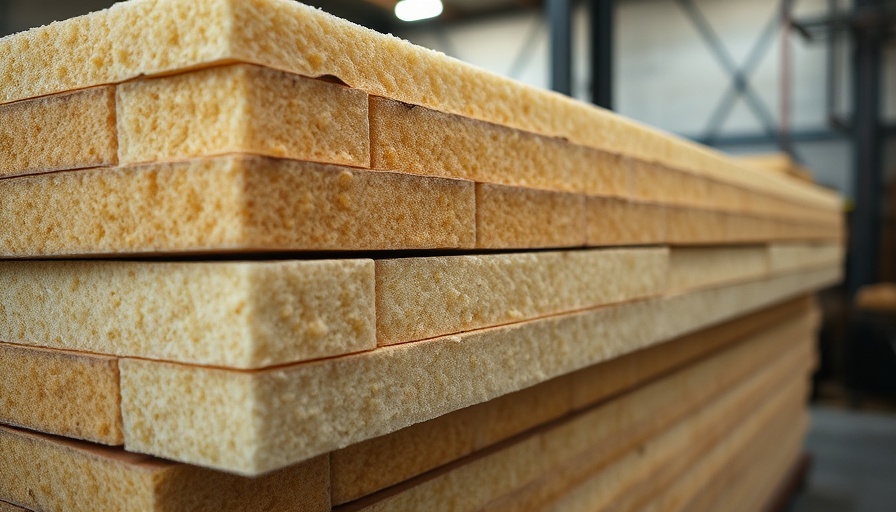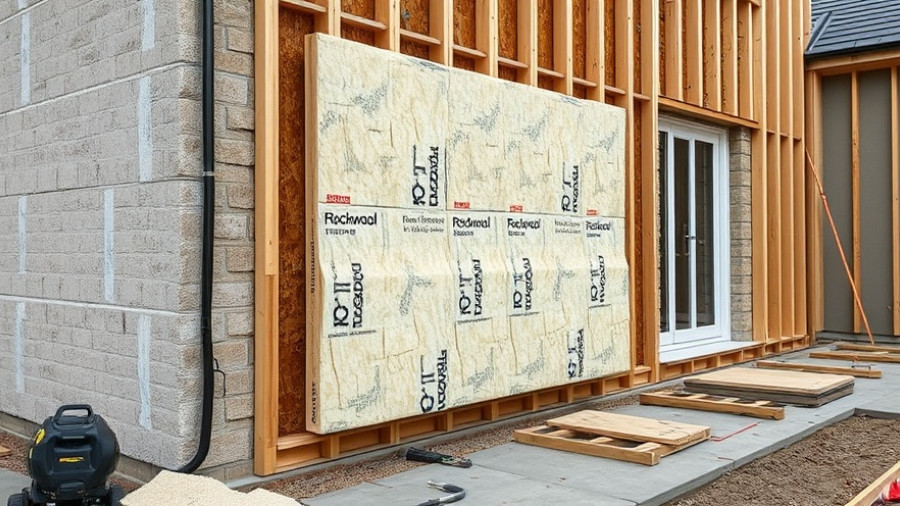
Understanding Thermal Drift in Foam Insulation
For homeowners in London seeking energy efficiency, regulating their building’s thermal performance is key, particularly when choosing insulation materials. Foam insulation, while initially attractive for its high R-values, may undergo thermal drift—this is where the initial insulating value steadily diminishes over time as the gas used in the foam dissipates and air infiltrates its cells.
According to research, polyisocyanurate (polyiso) insulation is particularly vulnerable to this phenomenon, with R-values potentially dropping up to 50% in colder climates, impacting its performance and effectiveness. Extruded polystyrene (XPS), while slightly more stable, also experiences a gradual loss of R-value, albeit at a slower rate.
Understanding how and why thermal drift occurs helps homeowners and building professionals alike avoid under-insulating their spaces, ultimately safeguarding long-term energy performance. Following the evolution of R-values from their original specifications to the Long-Term Thermal Resistance (LTTR) is essential in selecting the right insulation for various applications.
The Implications of R-Value Degradation
The degradation in R-value is not merely a minor inconvenience; rather, it can lead to increased energy costs and compromised comfort levels in homes. Homeowners should be aware that the initial performance metrics provided by manufacturers can often overstate insulation effectiveness, sometimes by 10-25% as highlighted in various studies.
In situations where insulation materials are poorly matched to climate conditions—such as using polyiso in frigid areas—transitioning to alternatives like expanded polystyrene (EPS), which maintains a more stable R-value over time, is beneficial. EPS does not rely on trapping gases for its thermal performance and thus mitigates many risks related to thermal drift.
Moisture and Temperature: Hidden Influencers on Insulation Performance
Moisture absorption is another critical factor to consider when evaluating insulation options. In particular, EPS is known to be prone to moisture penetration, leading to reduced performance. Conversely, XPS exhibits excellent moisture resistance, making it preferable for applications such as foundations and basements where reduced insulation effectiveness could lead to significant issues.
Furthermore, the influence of temperature cannot be overlooked. Polyiso insulation works best in moderate temperatures, and performance tends to plummet in persistent cold, where alternatives like XPS or EPS may prove advantageous. Home builders should guarantee that the insulation systems deployed in their homes are tailored to the respective climates to maximize energy savings and insulation longevity.
Protecting Insulation: The Role of UV Exposure
An additional layer of consideration is the exposure of insulation to UV rays. All three types—XPS, EPS, and polyiso—are at risk of degradation from direct sunlight, leading to potential brittleness over time. To combat this, it is crucial for installations to be covered promptly after placement, protecting the foam from exposure and helping maintain its insulating qualities.
Future Trends in Foam Insulation
As we look toward the future, the introduction of new blowing agents, like HFOs that are less harmful to the environment than traditional options, could redefine insulation materials in the coming years. Their potential to retain R-values more effectively and reduce environmental concerns presents exciting opportunities for sustainable building efforts.
Overall, by remaining informed about the impacts of thermal drift, moisture absorption, temperature fluctuations, and UV exposure, homeowners can make smarter investments in insulation that not only conserve energy but also secure their home’s comfort and efficiency.
Engaging in eco-renovation efforts can offer substantial long-term benefits. Those in the London area are encouraged to consider the implications of their insulation choices and possibly consult with local eco-friendly home service experts for tailored solutions.
 Add Row
Add Row  Add
Add 




Write A Comment